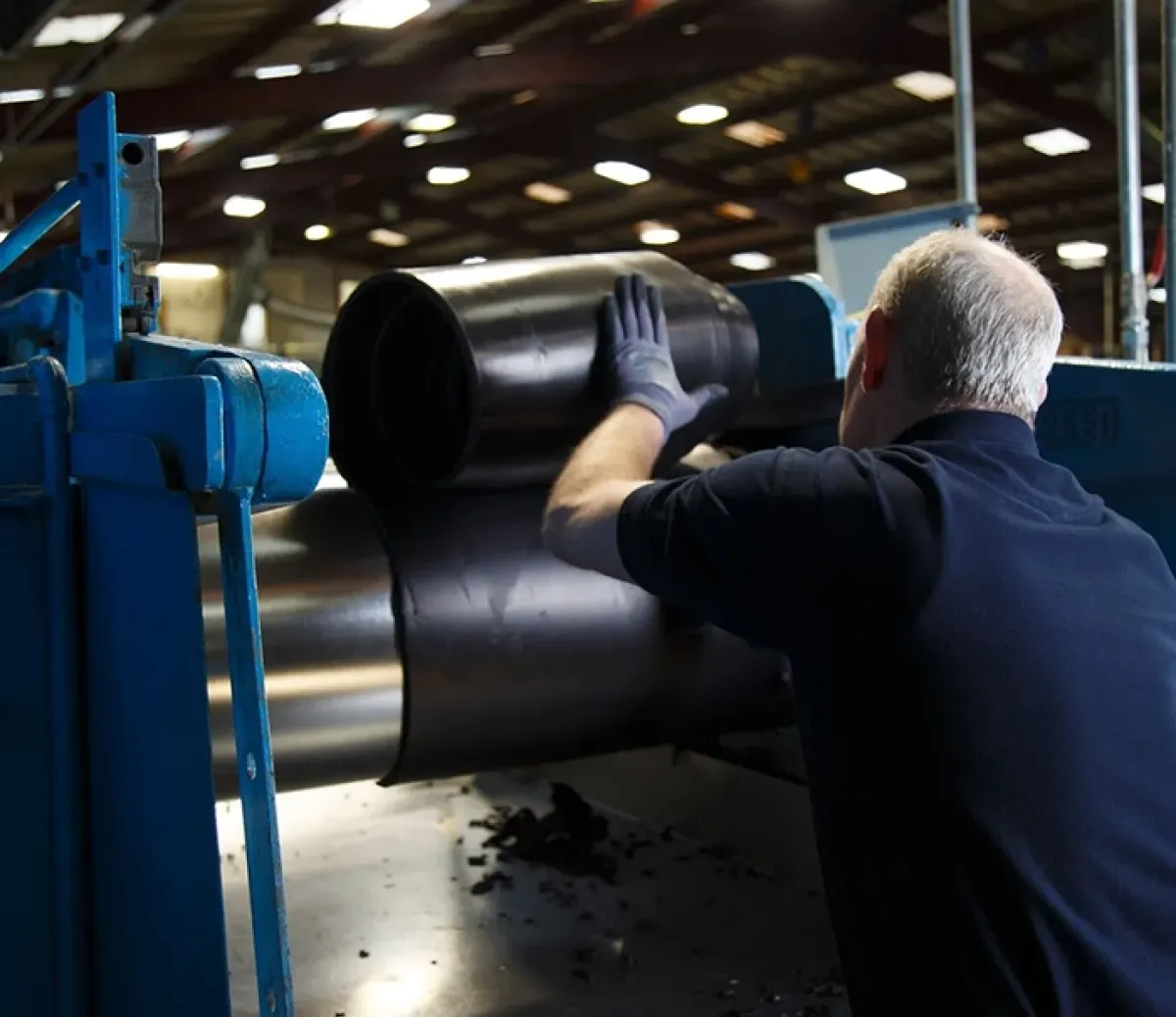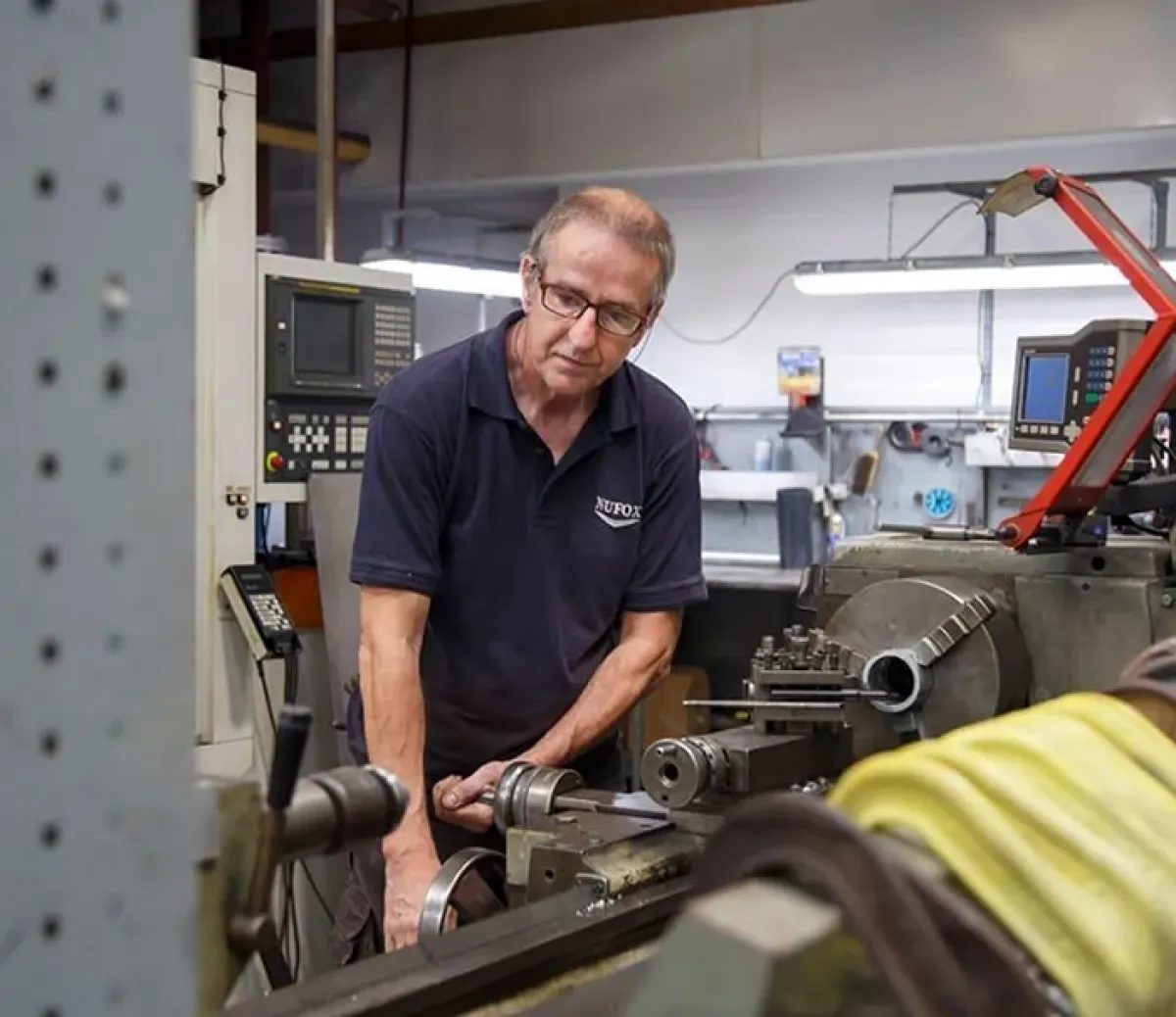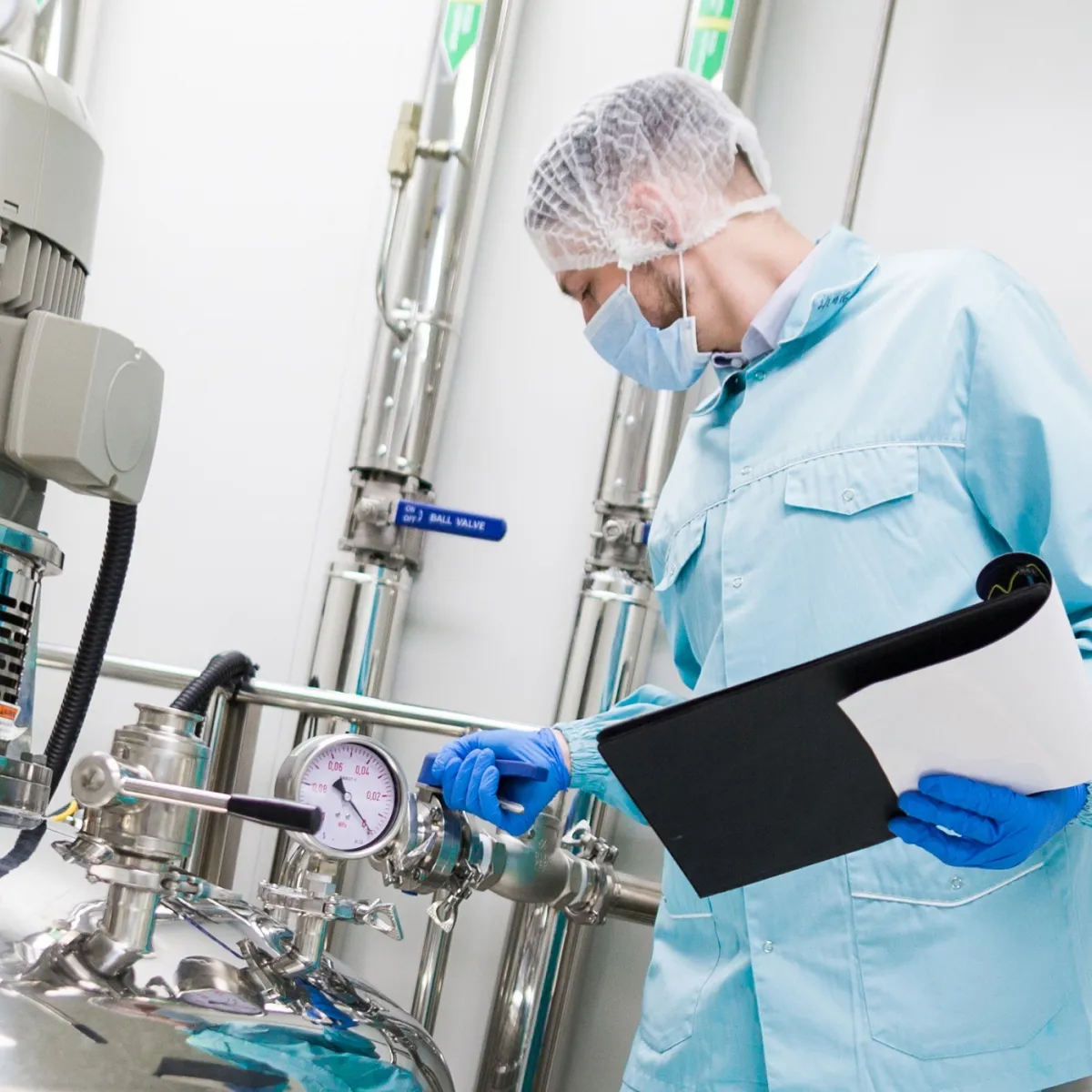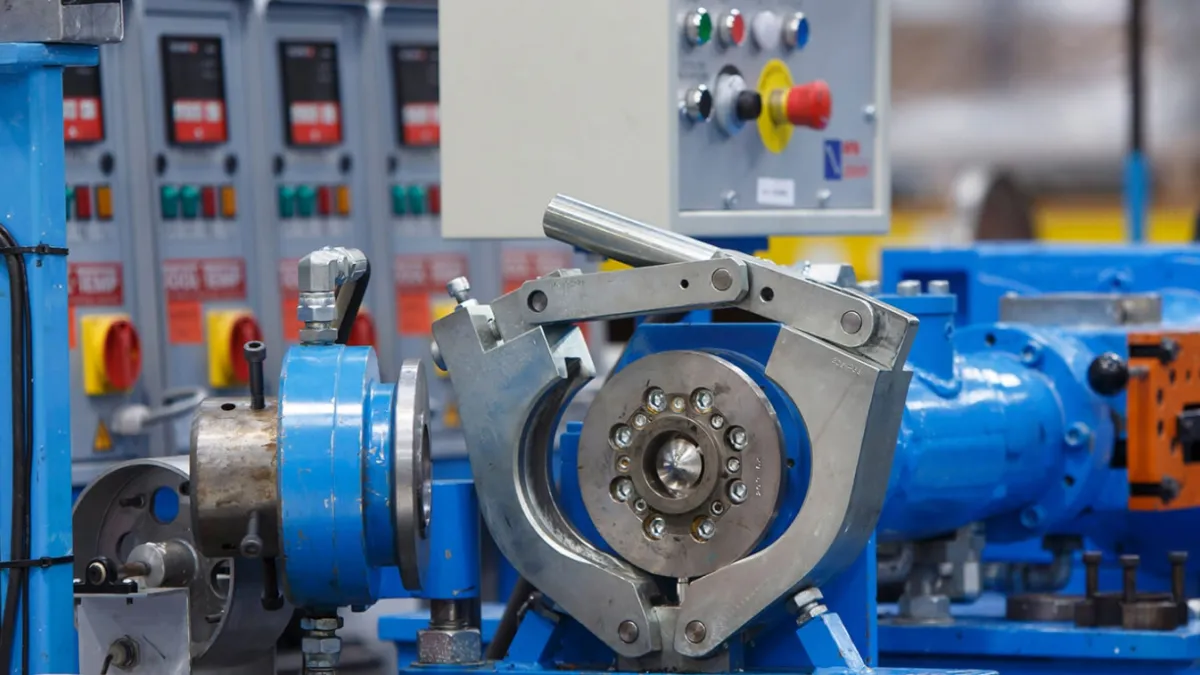By using this website, you agree to our Privacy Policy
×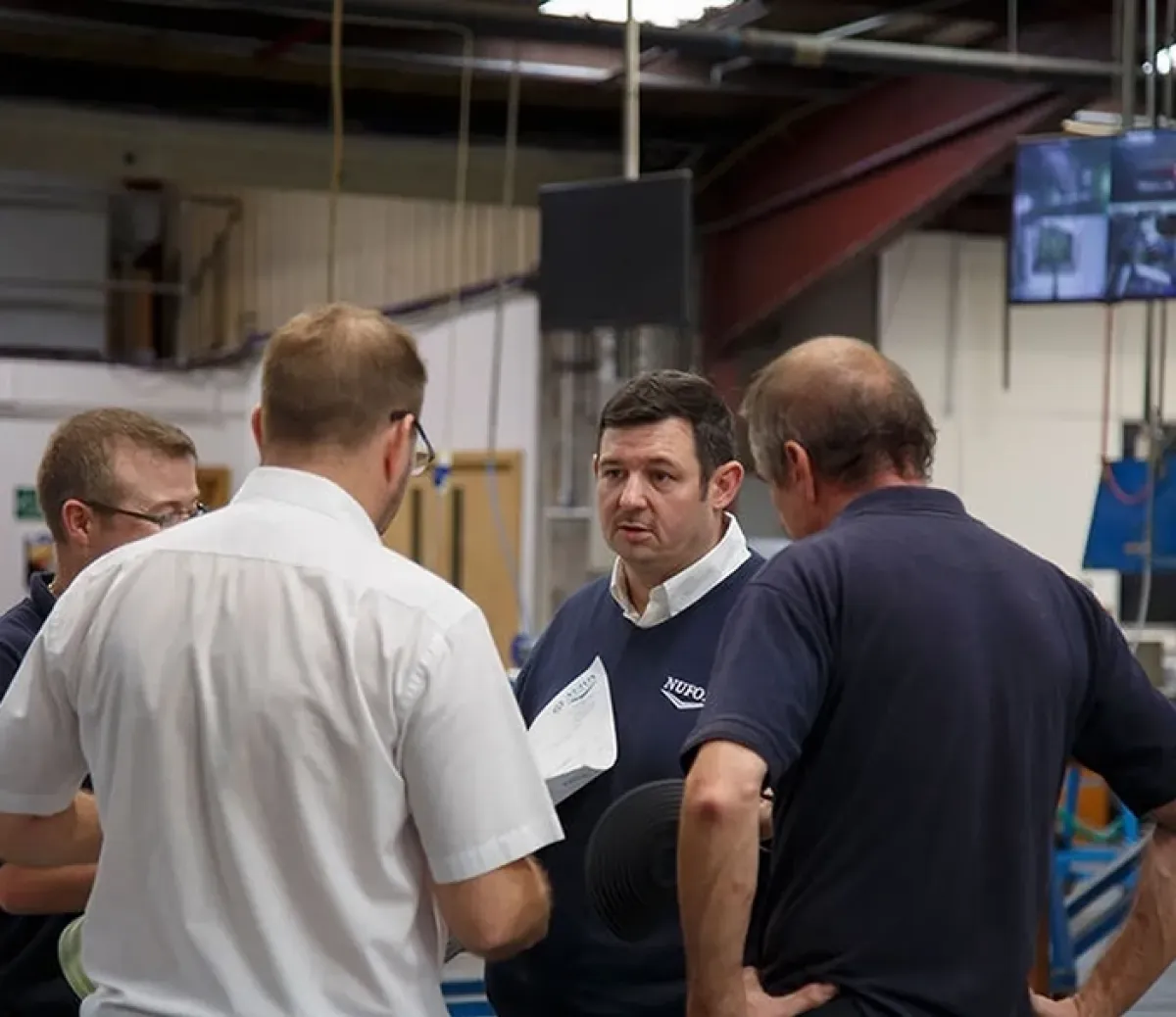
The Origins of Rubber
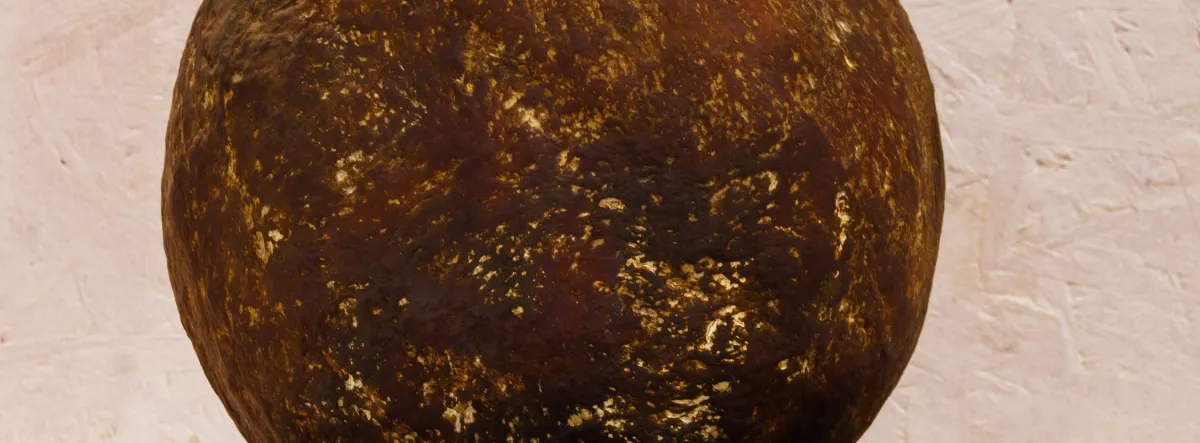
The Origins of Rubber
The first known use of rubber was in Mexico more than 3400 years ago for a ball game.
The Olmec peoples of Mexico played games with solid bouncy rubber balls; versions of these games continue to this day, however, without the death rituals practised by the Aztecs and Mayans.
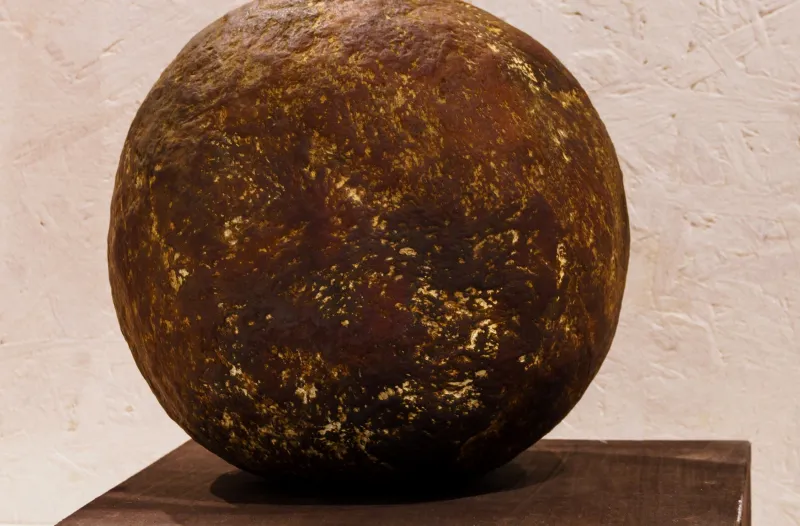
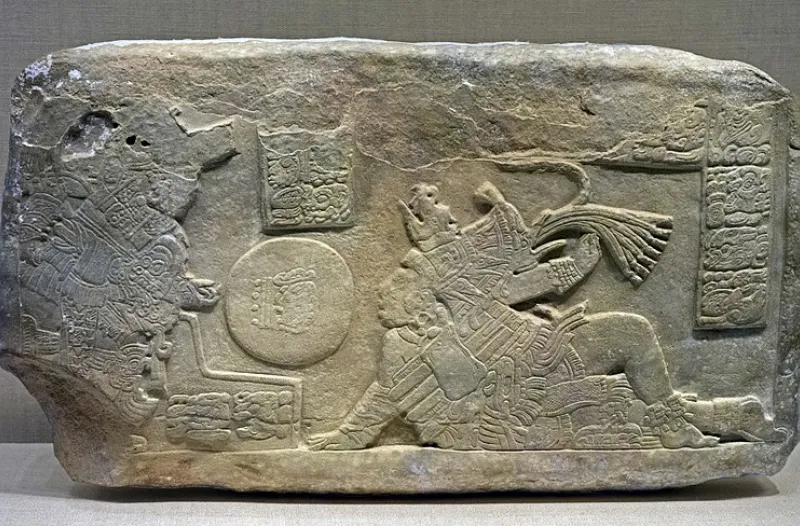
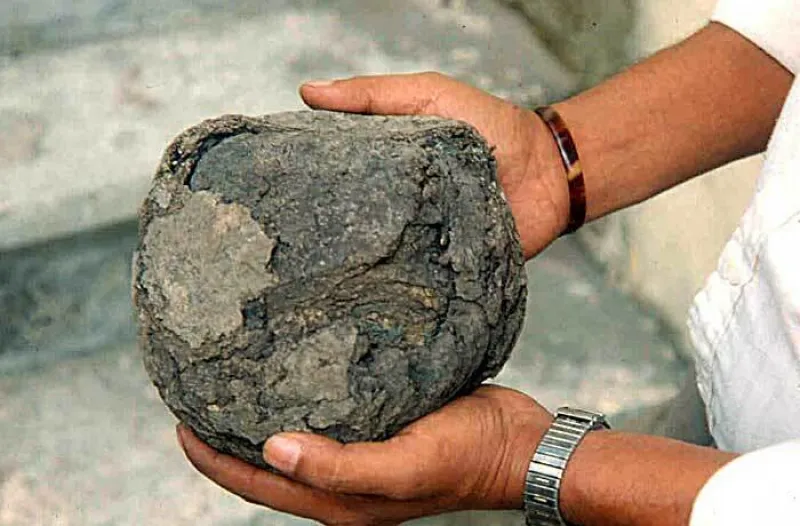
Introduced into Europe by Christopher Columbus
Natural Rubber is believed to have been introduced into Europe by Christopher Columbus.
On his return from his second trip to the West Indies in 1496, Christopher Columbus brought back rubber balls used by the Aztecs to play a ball game with some resemblance to modern-day basketball.
To this day, natural rubber is sometimes referred to as “India” rubber as a result.
Unfortunately, though, Columbus did not bring back the techniques used by the South Americans to convert the raw rubber. The addition of various levels of juice from the Morning Glory Vine produces a range of forms, from softer bouncy balls to harder material suitable for sandals.
As a result, the thermoplastic behaviour of raw rubber, i.e., stickiness in hot conditions and stiffness in the cold, meant rubber was not widely used for over 200 years. Erasers were made popular by the chemist Priestley in 1770, coining the name “rubber” in English.
The Quechua (aboriginal peoples of South America) call natural rubber “Kawchu”. This name has evolved into the Spanish “caucho”, the French “caoutchouc” (natural and synthetic rubbers) and the English “caoutchouc”, which refers to natural rubber and latex.
Rubber's Great Potential
By the early 19th century, it had become clear that rubber had great potential, given its waterproofing properties, strength and elasticity.
Suitable solvents for rubber had been sought ever since its arrival in Europe, but none had been commercially successful.
Then, in 1823, Charles Macintosh, an industrial chemist from Glasgow, used James Symes’ discovery that coal tar naphtha was a good solvent for rubber to produce a waterproofing layer between two fabrics successfully. The ‘Macintosh’ was born.
Placed between two textile fabrics, the thermoplastic behaviour was mitigated, but there were still problems, the rubber smelled, was susceptible to breakdown in contact with oils from woollen garments and retained body heat, so people got too hot.
The product sold well to the military and navy but was not popular with the public. The constant need to replace or offer refunds meant the operation was not profitable.
However, although naphtha enabled rubber to be dissolved and spread, the solutions were of high viscosity and low solids content. In April 1820, Thomas Hancock patented India rubber springs for various types of clothing such as gloves, braces, belts and suspenders and established “Elastic Works" to manufacture items using the rubber springs.
Experimenting with ways to improve productivity, he discovered a method to break down the raw rubber sheets into a softer, more malleable form that enabled the re-working of offcuts.
He called this process “mastication”, as the machine was literally “chewing” the rubber.
Masticated Rubber
The resultant masticated rubber was tacky and could be worked and moulded into shapes. This was revolutionary.
The prototype machine was a simple wooden affair which he referred to as a pickle for secrecy. It was manually operated and had a batch weight of 85g.
He quickly moved on to design “masticators” able to process much larger quantities. The resultant masticated rubber was tacky and could be worked and moulded into shapes. This was revolutionary.
In 1825 Hancock applied for a license to use Macintosh’s solvent process. Masticated rubber went into solution more readily, allowing a higher solids content making better quality, less smelly product.
Macintosh and Hancock eventually joined forces and shared technology.
In 1836 Edwin Chaffee developed a two-roller machine which not only masticated but allowed the mixing of additives into the rubber. However, the “pickle” design was later revived in 1916 as the internal mixer is still used today, and the masticator ribbed roll design is employed in present-day cracker mills.
Thomas Hancock manufactured a multitude of products between 1820 and 1843 in addition to the elastic springs, for example, rubber articles for medical applications, rubber tubing and fire hoses, but the thermoplastic problem remained.
Sulphur and Heat
In 1839 sulphur was added and heated, producing a thermosetting compound which remained elastic.
Meanwhile, in the US, Charles Goodyear was experimenting with adding different chemicals to gum rubber to deal with the thermoplastic issue and the short life span of rubber products. The wider temperature range experienced in North America compared to Britain exacerbated the problem.
He tried, for example, magnesium oxide, calcium oxide, nitric acid, lead oxide, and lampblack, with various levels of apparent success leading to the sale and recall of many rubber products.
Finally, in 1839, he added sulphur, heated the mix and produced a thermosetting compound which remained elastic and did not get sticky in heat or stiff in cold conditions. The problem was “cured”.
The process was named “vulcanisation” after the Roman god of volcanoes, Vulcan.
It took another five years to perfect the process, and meanwhile, Hancock and others working in the UK separately managed to succeed in curing rubber.
In 1848 Stephen Moulten, an astute businessman from Co. Durham, having met and worked with Goodyear in the US, set up a rubber manufacturing facility in the redundant Kingston woollen Mill in Bradford on Avon. Early supply was thousands of waterproof capes for soldiers fighting in the Crimean war.
However, by 1891, it was supplying rubber suspension units and components for railway carriages to 80% of the world’s railway companies.
This company eventually became Avon Rubber in 1956.
We’ll Get Straight Back to You
Explore our other Industries
Speak to One of Our Experts
Contact UsLEARN
INDUSTRIES
PRODUCTS
BRANDS
GET IN TOUCH

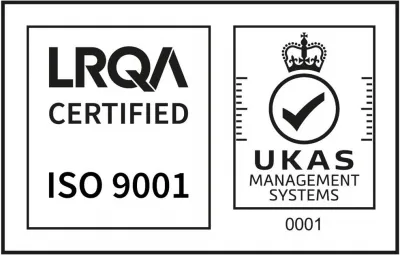
- © 2025 Nufox. All rights reserved |
- Terms & Conditions |
- Privacy Policy |
- Download ISO Certificate | Web Design MadeByShape
